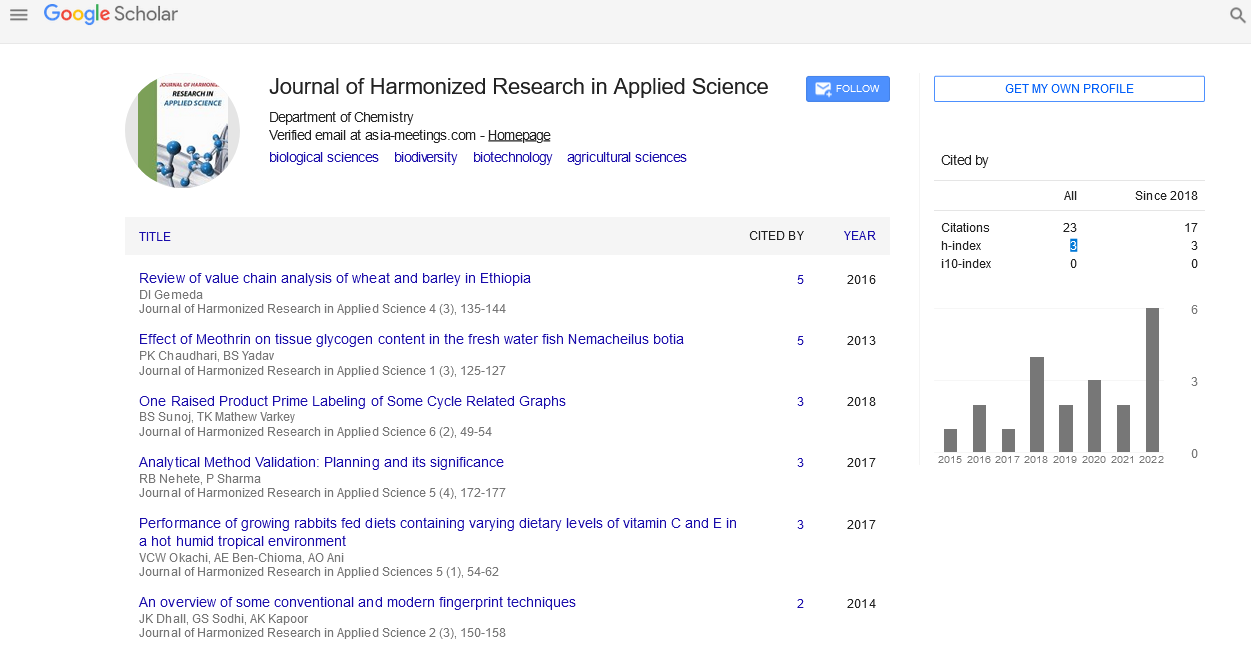EFFECT OF ABIOTIC FACTORS ON COPEPOD PARASITES FROM BENI-HAROUN DAM (MILA CITY) NORTH- EAST OF ALGERIA.
Abstract
Author(s): Houda Berrouk , Naima Khelifi , Moundji Tourafia , Chahainez Boualleg
Copepod parasites are among the highly ubiquitous and abundant organisms in the planet, although they cause marked ecological and economic damages in the world, including Algeria. This work was theref ore, aimed to study the copepod parasites in gills of 776 individual freshwater fishes belonging to four caught fishes (Luciobarbus callensis, Carassuis carassuis, Cyprinus carpio and Abramis brama) from Béni-Haroun dam of Mila city (northeast of Algeria) during four seasons over two years (2015 & 2016). Here, the parasites have been collected and identified, the epidemiological indices were determined and the effect of water physico-chemical parameters on parasites was examined using principal component correlation analysis (Statistica, Ver 8). Moreover, the morpho-anatomical criteria of 249 collected parasites promoted us to identify eight species (Ergasilus sieboldi, Ergasilus peregrinus, Ergasilus briani, Neoergasilus japonicus, Ergasilus megaceros, Neoergasilus longispinosus, Paraergasilus brevigiditus and Lernea cyprinacea) related to four genera and two families. Thus, the study appears that the effect of physico-chemical parameters on parasitic infestation and number of parasites is positively correlated with temperature, dissolved oxygen, orthophosphate, nitrite and ammonium contents, and negatively correlated with pH and nitrates during summer and autumn.










